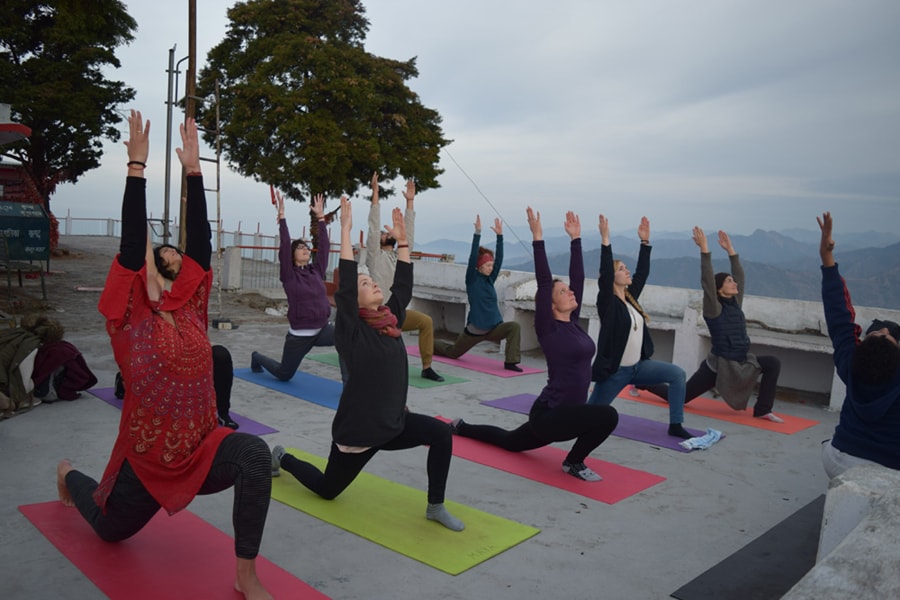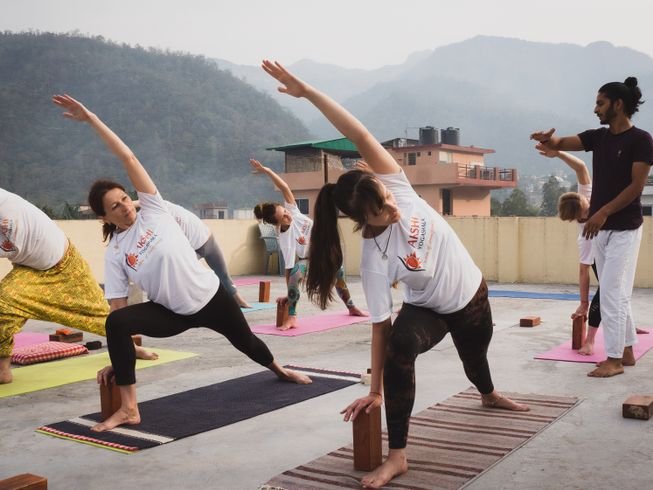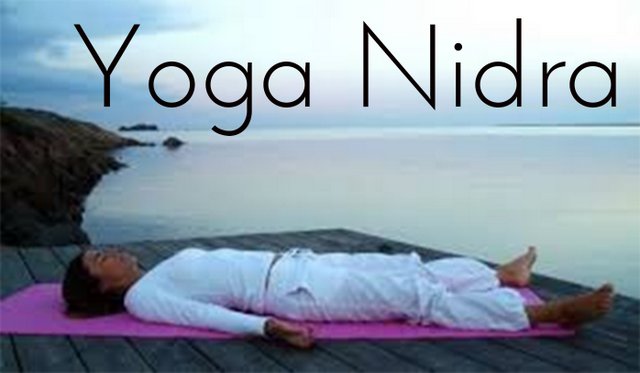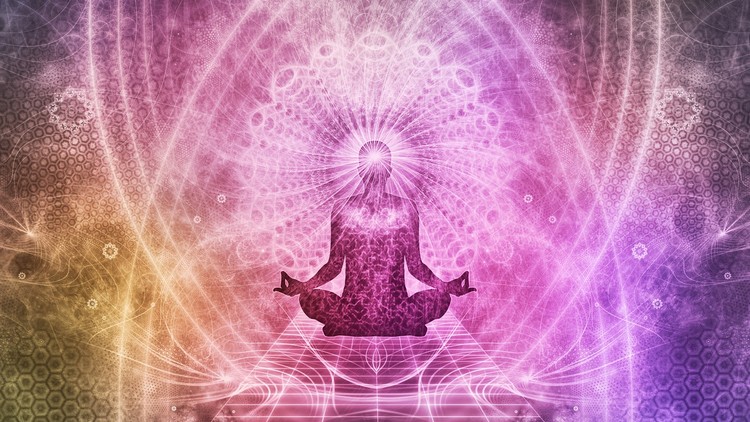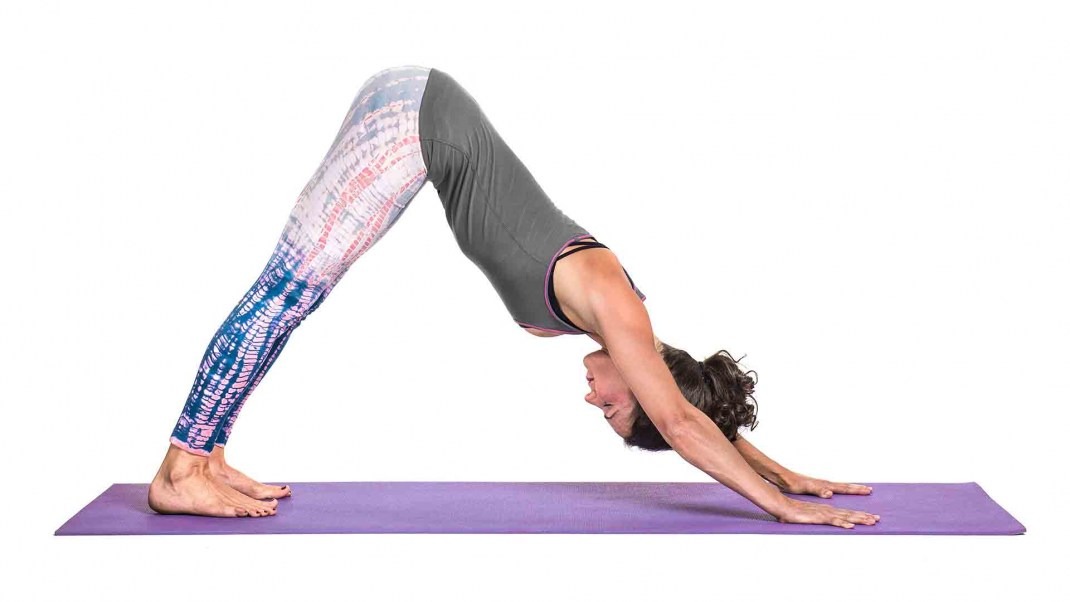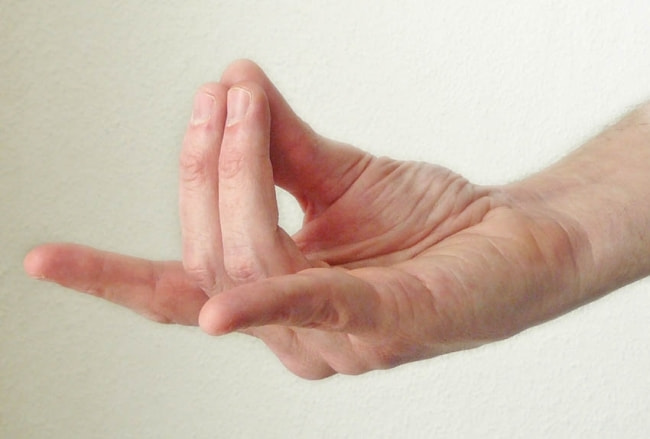How yoga benefits your mental health
A healthy mind is a state of well being
Do we all not know people who are suffering from mental health problems like depression? With changing lifestyles and food habits, mental health concerns are escalating globally, with stress, anxiety, and depression becoming common diseases.
A healthy mind is a state of well being where the mind is able to cope with the normal stresses of life and it can work productively even when placed under pressure.
Researches show that Yoga practices help increase heart rate variability, an indicator of the body’s ability to respond to stress more flexibly. Along with physical, it increases our mental flexibility.
As Patanjali describes in the Yoga Sutras, the purpose of Yoga is to still the turbulence of the mind. Apart from its numerous health benefits like removing constipation and improving bone health, Yoga can treat neurological disorders and improve mental health. When you shift focus from your body to your breath, anxiety is released and physical tension eased.
How Yoga Benefits Mental Health:
1. Clams Your Nervous System: Yoga helps us move from the sympathetic to the parasympathetic nervous system or from fight-to-flight state to rest-and-digest.
Our Parasympathetic Nervous System (PNS) helps us to relax and when we activate our PNS through Yoga. We reside in the PNS state for a longer duration. That is because breathing deeply relaxes our senses, muscles and lowers our blood pressure.
2. Improves Self Worth and Confidence: Breathing practices (Pranayama) in Yoga increase the supply of oxygen in our brain thus helping us to focus better, improving our concentration and memory.
As we become more and more aware and confident in our abilities. We build a healthy ego as we do not need to prove anything to anyone. Thus, Yoga helps boost the positive energy of individuals suffering from depression. Practicing asanas daily teaches us to focus better. Yoga also increases our awareness of our bodies. When we are focused on our efficiency level increase, our confidence is boosted.
3. Makes You Happy: The brain releases happy hormones like Dopamine, Oxytocin, and Serotonin after a yoga session. These hormones are responsible for reducing stress and increasing energy levels and creativity.
4. Yoga Leads to Better and Deep Sleep: Restorative Yoga poses before sleeping act as an excellent tool to induce sleep. Certain yogic breathing practices relax the mind and aid in sound sleep.
Practicing yoga daily not only helps people who are suffering from mental health disorders, but prevent them in the first place. Psychotherapists globally are gradually accepting yogic asanas and breathing as one of the effective and natural ways to heal patients with mental health issues.
Read more:200 Hour Hatha and Ashtanga Vinyasa Yoga Teacher Training in Rishikesh


